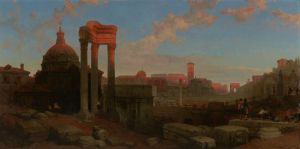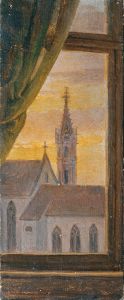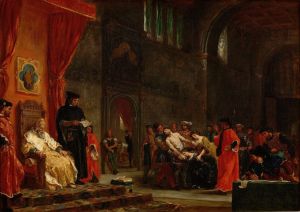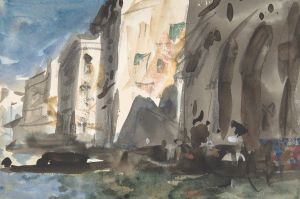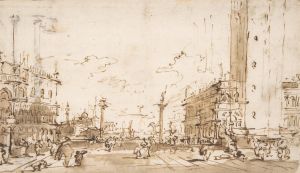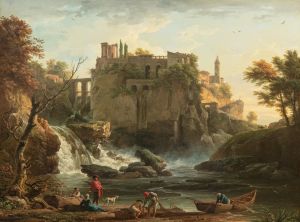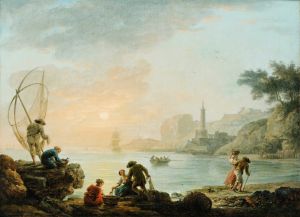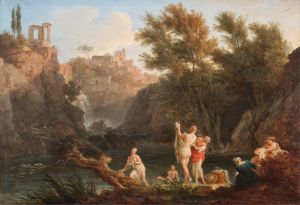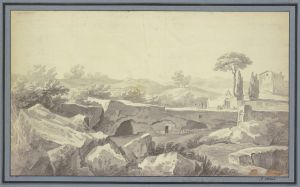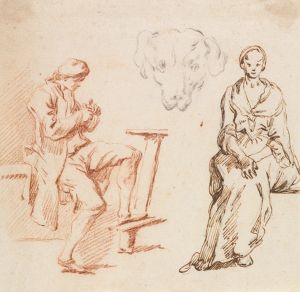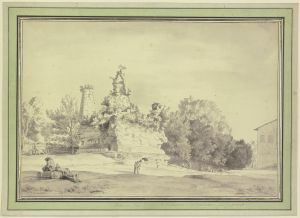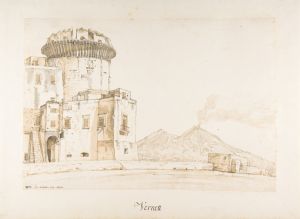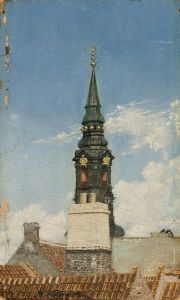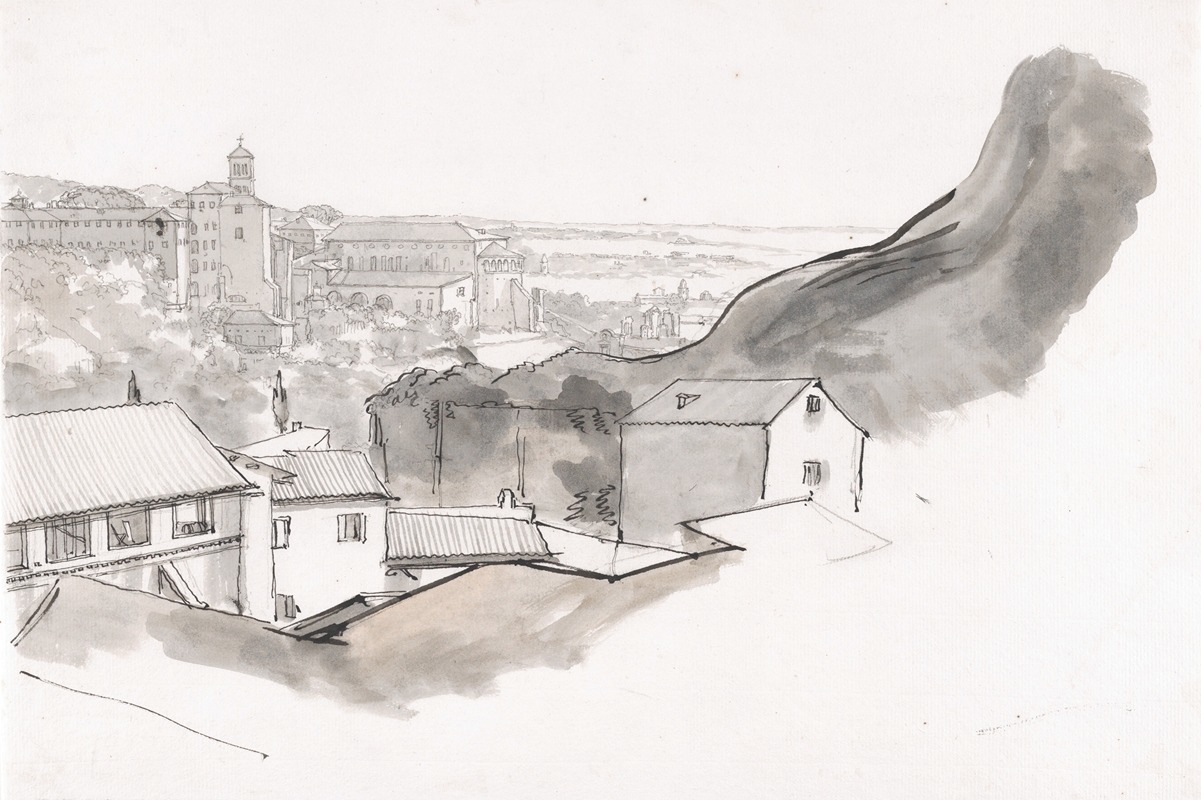
View of the Caelian Hill, Rome, with the church of Santi Giovanni e Paolo, seen from the Aventine, Rome
A hand-painted replica of Claude-Joseph Vernet’s masterpiece View of the Caelian Hill, Rome, with the church of Santi Giovanni e Paolo, seen from the Aventine, Rome, meticulously crafted by professional artists to capture the true essence of the original. Each piece is created with museum-quality canvas and rare mineral pigments, carefully painted by experienced artists with delicate brushstrokes and rich, layered colors to perfectly recreate the texture of the original artwork. Unlike machine-printed reproductions, this hand-painted version brings the painting to life, infused with the artist’s emotions and skill in every stroke. Whether for personal collection or home decoration, it instantly elevates the artistic atmosphere of any space.
"View of the Caelian Hill, Rome, with the church of Santi Giovanni e Paolo, seen from the Aventine, Rome" is a painting by the French artist Claude-Joseph Vernet. Vernet, born in Avignon in 1714, was a prominent landscape and marine painter of the 18th century. He is best known for his detailed and atmospheric depictions of natural and urban landscapes, which often included architectural elements and figures engaged in various activities.
This particular painting captures a view of the Caelian Hill in Rome, focusing on the church of Santi Giovanni e Paolo, as seen from the Aventine Hill. The church of Santi Giovanni e Paolo is a significant historical and architectural landmark in Rome, dedicated to the Christian martyrs John and Paul. It is known for its Romanesque architecture and has been a site of religious importance since its foundation in the 5th century.
Vernet's painting is characterized by its meticulous attention to detail and the use of light to create a sense of depth and atmosphere. The composition includes the church prominently in the middle ground, with the surrounding landscape and architectural elements providing context and a sense of place. The Aventine Hill, from which the view is depicted, is one of the seven hills of Rome and offers a vantage point that allows for expansive views of the city.
The painting reflects Vernet's skill in capturing the interplay of light and shadow, as well as his ability to convey the serene and timeless quality of the Roman landscape. His works often included elements of the picturesque, a style that emphasizes the beauty of natural and man-made environments in a way that is both idealized and realistic.
Claude-Joseph Vernet spent a significant portion of his career in Italy, particularly in Rome, where he was influenced by the classical ruins and the vibrant artistic community. His time in Italy greatly impacted his work, leading to commissions from both local and international patrons. Vernet's ability to blend the grandeur of classical architecture with the natural beauty of the landscape made his paintings highly sought after.
"View of the Caelian Hill, Rome, with the church of Santi Giovanni e Paolo, seen from the Aventine, Rome" is an example of Vernet's mastery in landscape painting. It not only serves as a visual document of a specific location but also captures the essence of Rome's historical and cultural significance. The painting is a testament to Vernet's ability to combine topographical accuracy with artistic expression, creating works that are both informative and aesthetically pleasing.
Today, Vernet's paintings are held in high regard and can be found in various museums and private collections around the world. His contribution to the genre of landscape painting has cemented his place in art history as one of the leading artists of his time.





